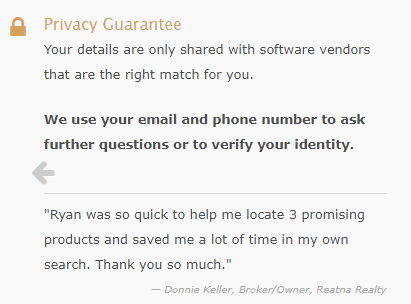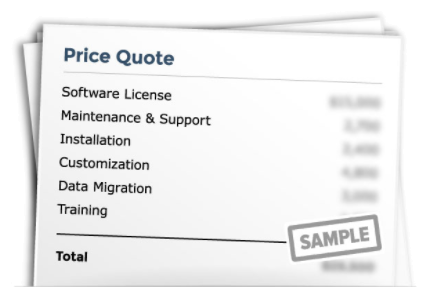There is a wealth of resources available for you to make the most of your professional endeavors and turn your business into the one you always imagin
There is a wealth of resources available for you to make the most of your professional endeavors and turn your business into the one you always imagined it would be. Many of these tools are available for free, and allow you to dip your toe into an emerging commercial culture. For services ranging from Canva to TurboTax, Facebook ads to SEO consultations, however, there is a definite gap between what is available in free vs. paid versions.
Paid versions of various services can come in the form of “premium” features on a scale of “packages,” whose value increases in proportion to the features they offer. They can also come in the form of subscriptions, especially in terms of online resources and apps.
It is important to realize that although the purveyors of these services set a price for their different levels, they are not the ones who determine value; you are. You have to decide what you’re willing to pay for, and doing so requires an increasing amount of research the more important it is to get the best possible value out of the tools that you use.
Preliminary research
When you are considering making use of external tools, paid or otherwise, it’s important to start out by knowing what your needs are, so that you can measure how well each service, and each version of each service, is able to meet them.
Some of your preliminary research should also involve looking into whether you can get the same product or service by another name or in another form. For example, you could pay someone to run SEO for your blog, website, or social media, or you could make use of the educational or research background of one of your team members and task them with doing research on their own. You may be sacrificing an “expert” opinion, but at the same time, experts dole out their opinions constantly on various blogs and other platforms; you just have to know where to look for their advice, and how to take it with a grain of salt.
Some things, however, you cannot do as well for yourself as you could with a little bit of help. Once you recognize where you need assistance, you can investigate the different forms of assistance that are available to you. In a competitive world, people and organizations are constantly dreaming up ways to better appeal to professionals like you.
Testing it out
Once you have a feel for the market of the particular skills or services you need, you can begin to analyze what level you require. For instance, with Canva, you can experiment with making many graphics using the free service and calculate whether it would be worth it to upgrade to the paid version or whether you can get by with more limited graphics and features.
See if you can measure improvement with the free versions of services you need, and try to extrapolate to how much more improvement you could witness if you were to choose the paid version. If it’s not directly proportional to the amount you would pay to upgrade, you might seriously want to reconsider.
Categorizing
Finally, break down your needs into categories. Figure out what you absolutely do not have the expertise to handle. Figure out what skills you want to try developing before delegating them to a third party. And most importantly, realize that you do not have to make all of these investments at once; allow your business to evolve, and your needs with it, then figure out how to meet them.




 Where do we send your free Great Agent demo?
Where do we send your free Great Agent demo?





 We just need some facts about your organization:
We just need some facts about your organization:
COMMENTS